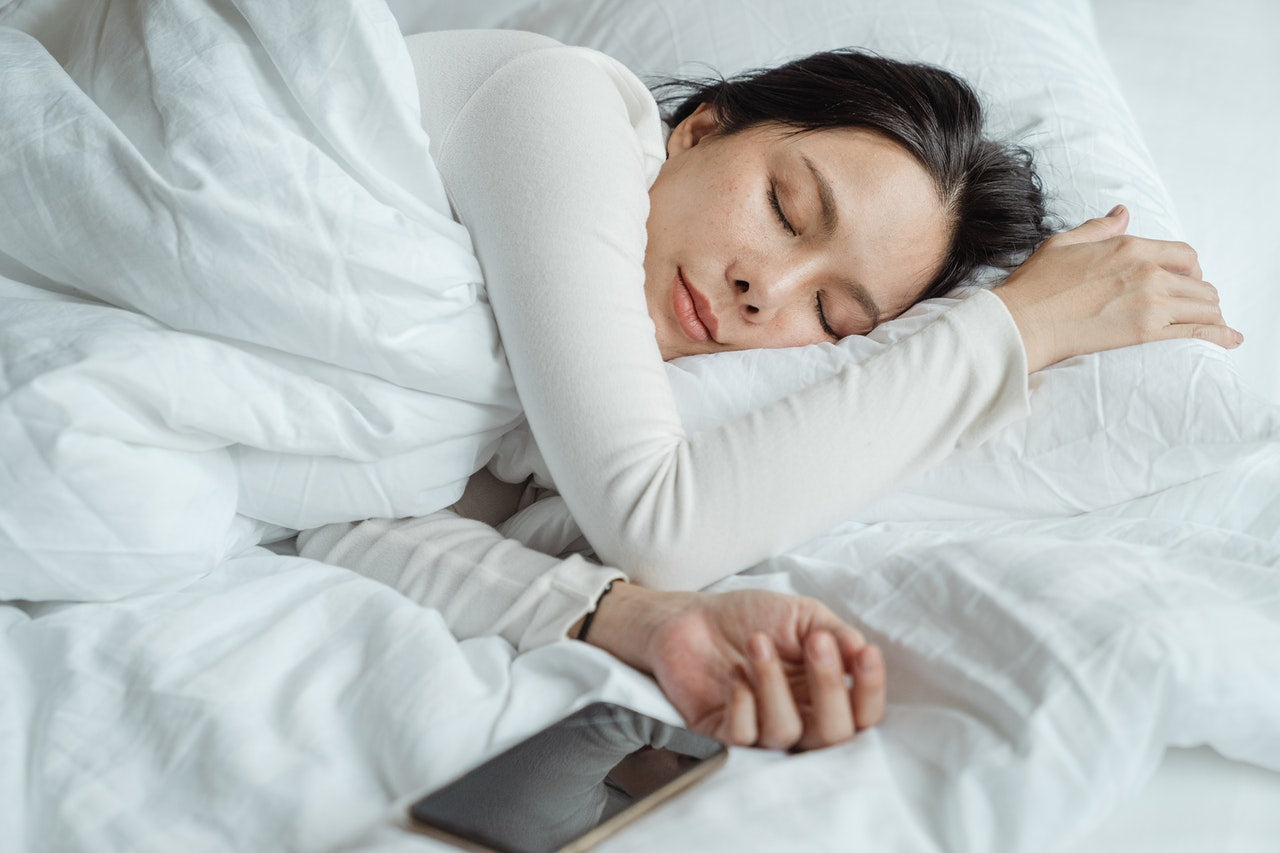How Long Is a Cat Nap?

Cats are notorious sleepers, and it's no wonder that naps are named after them. Similar to cats, though, humans also need naps throughout the day so they can rest and recharge.
Here we’ll talk about the benefits of the so-called cat naps as well as how long they should last so you can make the most out of them!
What Are Cat Naps?
Cat naps are short naps that usually occur during the day. It's basically daytime napping that lasts 15, 20, or 30 minutes but can sometimes last up to an hour or an hour and a half.
The type of sleep you get from cat naps is light sleep, as opposed to the deep sleep you get from your regular night-time sleep.
Why Are Cat Naps Important?
Research has shown that cat naps (which are also called power naps) provide some important benefits for the body as they increase alertness, memory, and concentration, reduce fatigue, provide an extra energy boost, and improve your mood and overall brain health.
Cat naps are also good for regulating the natural circadian rhythm, and they can help people experiencing sleep deprivation to feel more rested during the day.
Babies and small children especially need regular cat naps for their development, and most of them take cat naps two times a day until they're five years old (sometimes even after that).
How Long Should a Cat Nap Last?
As we mentioned, cat naps should last somewhere between 20, 30 minutes, and an hour, but they should not be longer than 90 minutes, as this can diminish their effectiveness. Power naps that are longer than 90 minutes can create cognitive problems in the long run.
The longer you sleep, the more the brain thinks it's entering a regular sleep cycle of 7-9 hours. This causes your brain to start entering deep sleep as well as REM sleep. Once your body enters the REM sleep and deep sleep phases, it's really hard to wake up and continue being productive since it can leave you feeling groggy and very sleepy.
When Is the Best Time to Take a Cat Nap?
The best time of day to take a cat nap will depend on your sleep and wake times, your sleep cycles, your circadian rhythm, and your daytime schedules, like work and other obligations you might have throughout the day.
People who work regular hours, 9-to-5 jobs, may notice that they favor a cat nap right after lunch when the blood pressure usually drops, and you naturally get sleepy and tired, losing focus along the way. This usually happens in the early afternoon—around 12:30 p.m., but that’s entirely subjective.
For instance, the time one gets tired during the day fluctuates from person to person, which is why it's best to monitor yourself and notice when you begin to feel tired and sluggish and when your concentration drops. If you feel cranky on top of that, it might just be time for that much-needed cat nap.
Bear in mind that late afternoon naps should be avoided because they might meddle with your regular night-time sleep.
Conclusion
Of course, nothing can replace night-time sleep, and you should strive to keep the mandatory 7-9 hours of sleep every day if you want to have a healthy brain and body. However, sometimes you just can't get enough sleep, and you need some help during the day as well. If this happens, you shouldn't refrain from day sleeping. After all, your energy boost and good mood are just a cat nap away! Even better if you have a comfy set of bamboo sheets to sneak under throughout the day.
Sources:
- https://www.ncbi.nlm.nih.gov/pmc/articles/PMC6180010/
- https://agsjournals.onlinelibrary.wiley.com/doi/full/10.1111/jgs.14368
- https://pubmed.ncbi.nlm.nih.gov/22529774/
- https://health.clevelandclinic.org/power-naps/
- http://www.childrenshospital.org/centers-and-services/programs/o-_-z/pediatric-sleep-disorders-center-program/patient-resources/frequently-asked-questions#TODDLERS-when-should-child-stop-napping-during-day
